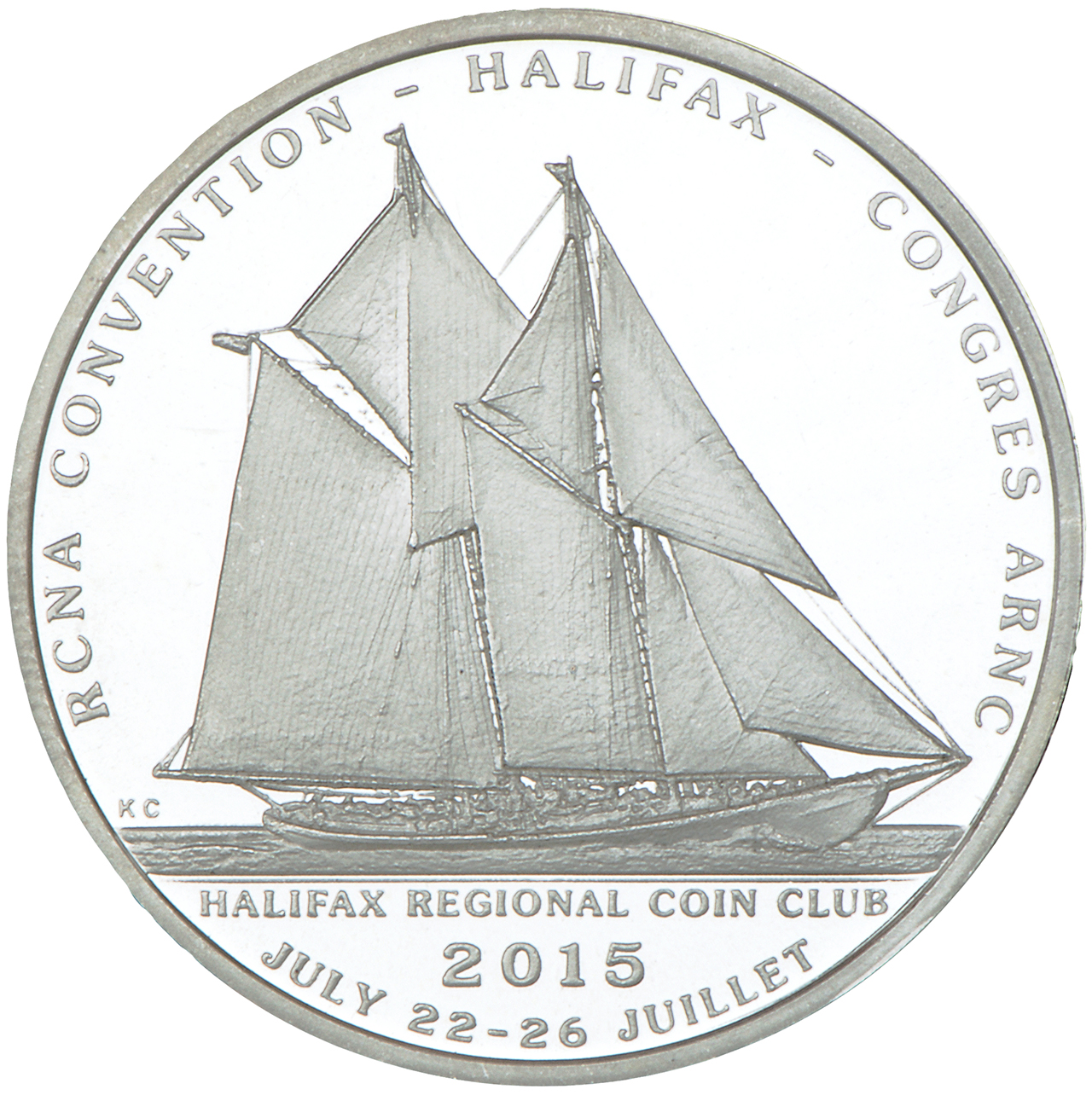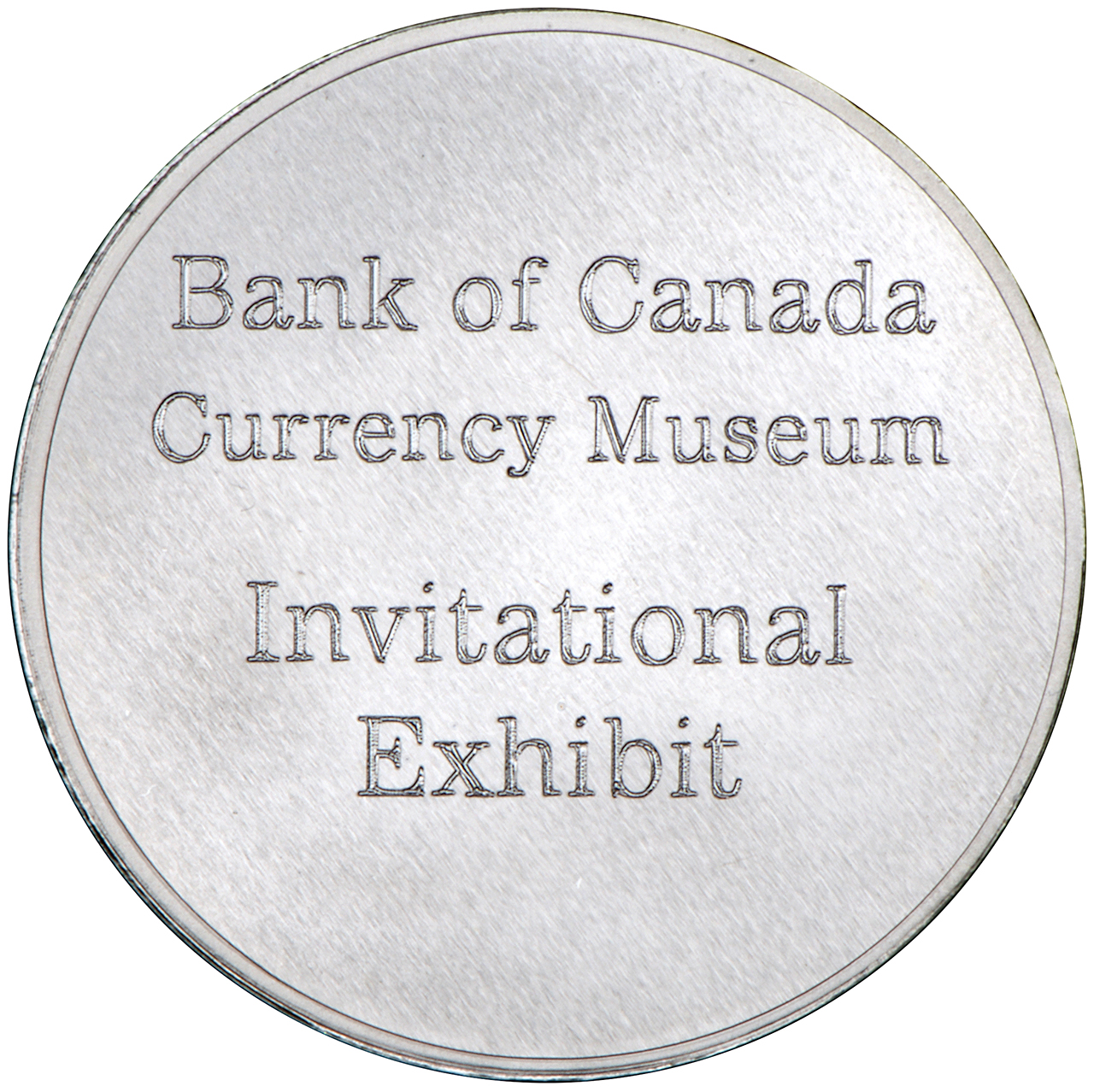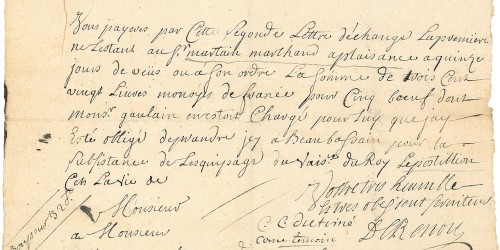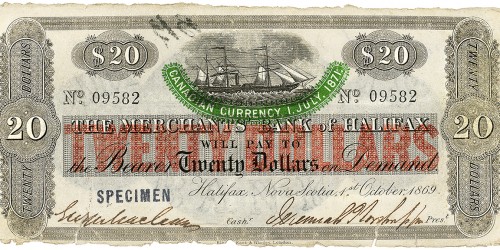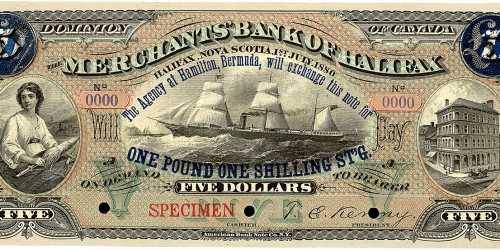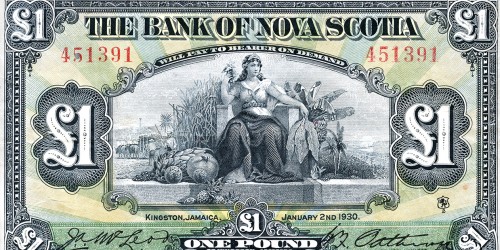2015 Convention in Halifax
Part of the Bank of Canada Museum’s exhibit display at the 2015 RCNA convention.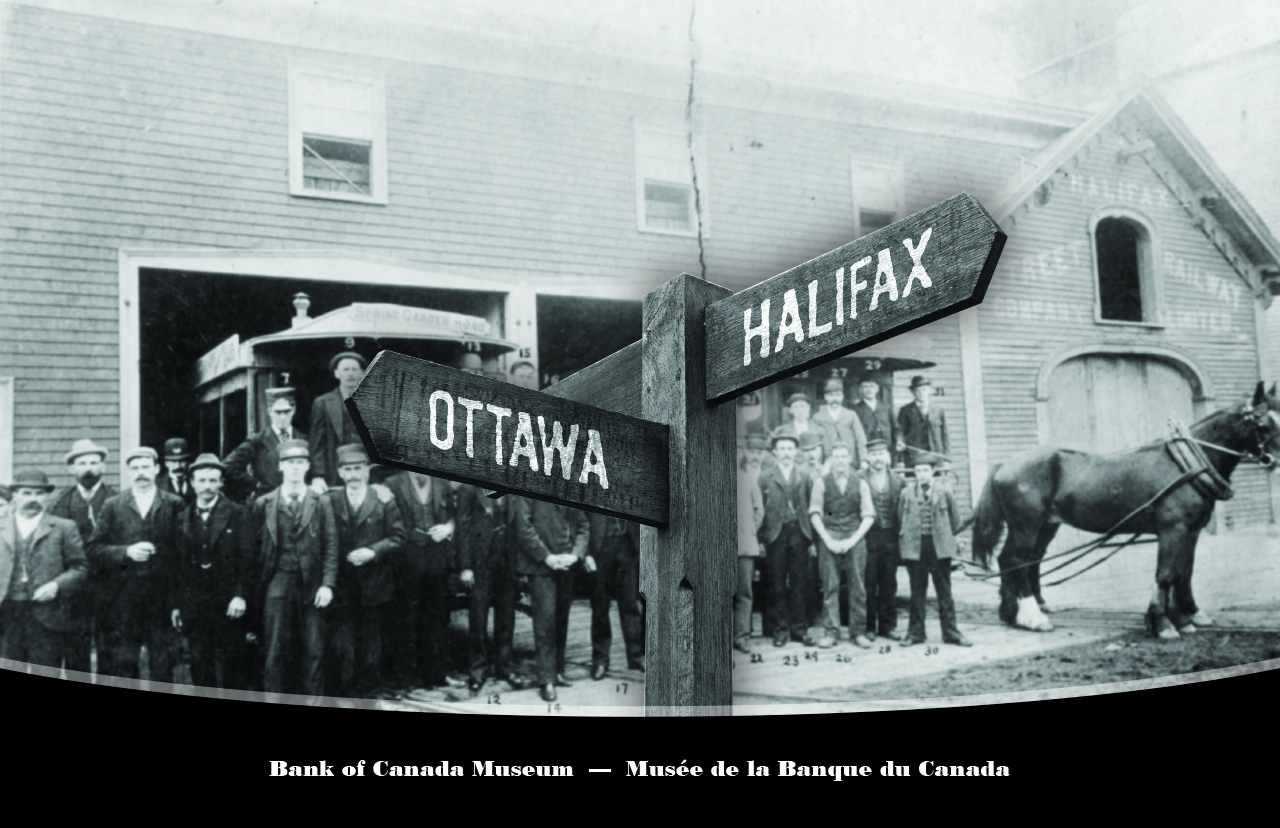
This past July, National Currency Collection Curator Paul Berry and I flew to Halifax to attend this year’s Royal Canadian Numismatic Association Convention—hosted by the Halifax Regional Coin Club. We were most delighted to sample the legendary Halifax hospitality and some fresh seafood.
Once again, we were invited to present an exhibit from the National Currency Collection. We took the opportunity to show examples of early paper money issued in Nova Scotia. Many of the notes are very rare and had not been viewed in the province for many years. They reflect the social and economic development of Nova Scotia from the time it was under French colonial rule, up to Confederation.
The Museum exhibited 30 rare and important notes across five display cases at the convention.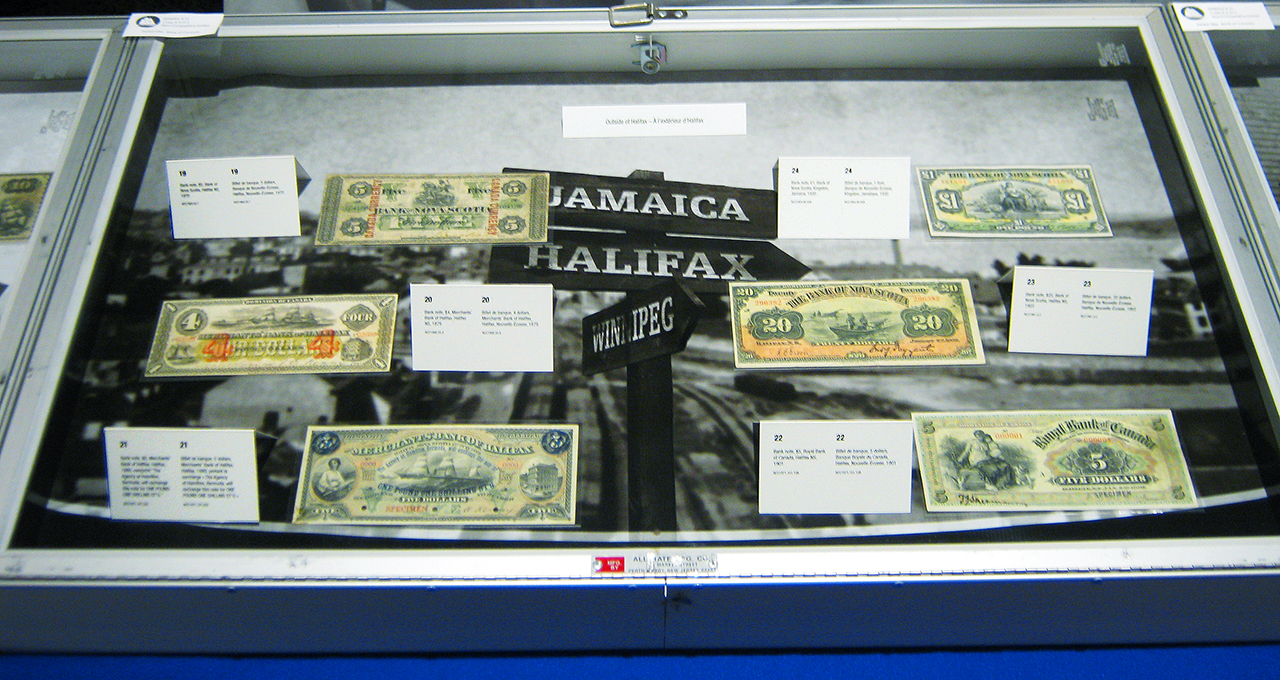
Nova Scotia has long been a centre of trade that connected Europe, New England, and the West Indies. Following the American Revolution, Halifax became the primary British port in North America and a hub of financial activity. Conflict between the United States and Britain was an economic boon to Nova Scotia, spurring settlement and economic development. Privateering—government authorized piracy—was practiced by both sides and a number of legitimate banks were built on fortunes made from the sale of captured booty. Nova Scotia’s first banks, established in the years following the War of 1812, were some of the earliest in Canada. Two, in particular, have stood the test of time. The Bank of Nova Scotia (now also called Scotiabank) was founded in 1832, and the Merchant’s Bank of Halifax (which later changed its name to Royal Bank of Canada) was founded in 1864.
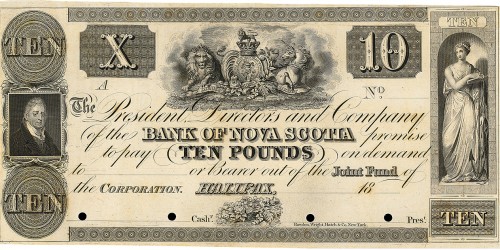
Face proof, £10, Bank of Nova Scotia, Halifax, NS, 1832–52. A group of prominent citizens established this public bank in 1832. (NCC 1964.088.387)
With Confederation, Nova Scotia’s banks looked to expand outside of the Maritimes, opening branches in the Canadian west, the United States, and even the Caribbean. This was not as surprising as it might first appear since Nova Scotia had long traded with the British colonies in the West Indies for tobacco, sugar, and rum. By the 1950s, the Bank of Nova Scotia had 25 branches in the West Indies, while the Royal Bank of Canada (the renamed Merchants’ Bank of Halifax) had 39 Caribbean branches and 19 in Latin America.
The Museum Blog
Speculating on the piggy bank
By: Graham Iddon
New acquisitions—2024 edition
Money’s metaphors
Treaties, money and art
Rai: big money
By: Graham Iddon
Lessons from the Great Depression
By: Graham Iddon
